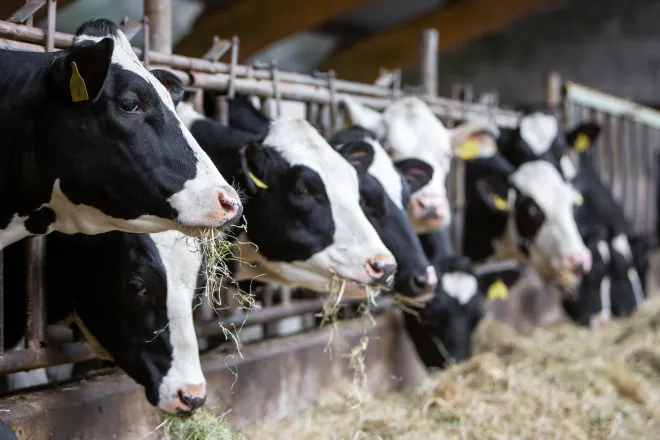
EarthTalk - Is there an environmental/climate impact in the growth of the live music industry?
© iStock
Dear EarthTalk:
Is there an environmental/climate impact of the huge growth in the live music and concert industry over the last couple of decades?
Julia E., Sacramento, CA
The live music industry has skyrocketed over the last few decades. In 2023, the multinational Live Nation Entertainment reported 145 million fans attending 50,000 live events worldwide. The average music festival attendee produces about five kilograms of carbon dioxide per day, contributing to an average of 500 tons of greenhouse gasses emitted per festival. In 2023, the industry contributed over 115 million pounds of waste and 400,000 tons of carbon pollution in the U.S. alone.

© iStock - Igor Ilnitckii
But wouldn’t all these attendees be contributing this waste and pollution no matter where they were? Not really. A series of unique environmental costs is behind this carbon footprint, one of the most prominent being air travel. Artists bring their crew, gear and instruments to each performance, and may use private jets. More famous artists rack up larger event-wide emissions, as fans are more likely to fly or drive long distances to see them. Other major factors include lighting and sound, usually diesel-fueled, and food served with non-reusable and non-recyclable tableware, which tends to end up polluting the land as well.
Though unsustainable, the industry’s popularity is not likely to be curtailed. But several festivals, concerts and venues have found ways to reduce their impacts. Coldplay has captured fans’ kinetic energy to charge the show’s batteries through stationary bikes and a dancing pad. Other artists including Billie Eilish have utilized 100 percent solar charged intelligent battery systems to make performances carbon neutral.
Recently, Outside Lands in San Francisco partnered with REVERB, a nonprofit trying to decarbonize the music industry, to divert 90 percent of their waste, amounting to 385,000 tons, from landfills. Techniques included mandating 100 percent compostable tableware and exclusively selling reusable bottles.
Working across venues and vendors can yield efficient results. The English band Massive Attack arranged for a local train network to offer five extra trains for fans traveling home, incentivizing individuals to ride the train with offers of free electric bus transfers and access to a special guest bar with separate restrooms.
MIT’s Climate Machine Research Group is undertaking an analysis of the carbon footprint of live music, with a report due out in 2025. Until then, outfits like REVERB are making effective mitigation measures available to artists and venues. As these practices are adopted, the future of live music grows brighter.
CONTACTS
- REVERB, https://reverb.org/campaign/music-decarbonization-project/
- Nature, https://www.nature.com/articles/d41586-024-02828-1
- Clean Technica, https://cleantechnica.com/2024/09/30/the-carbon-footprint-of-live-music-is-a-savage-beast-is-there-any-hope-for-improvement/.
EarthTalk® is produced by Roddy Scheer & Doug Moss for the 501(c)3 nonprofit EarthTalk. See more athttps://emagazine.com. To donate, visit https://earthtalk.org. Send questions to: question@earthtalk.org.

















